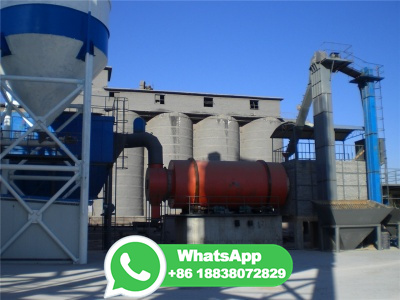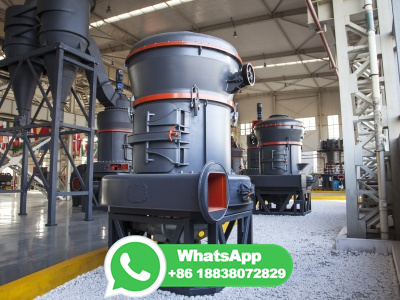Arabian Cement Company to Put New Coal Mill in Operation with ...
WEBWith an investment of EGP 200 million, ACC's latest coal mill, and its second in Egypt, helps the factory to operate using 14% alternative fuel material and about 86% coal. Since 2015, when ACC first implemented this groundbreaking approach to alternative fuel consumption in Egypt, the company has given away of the amount of natural gas ...


























